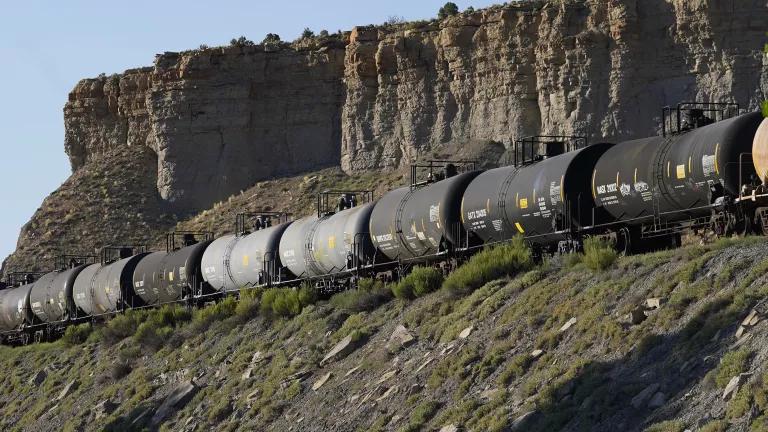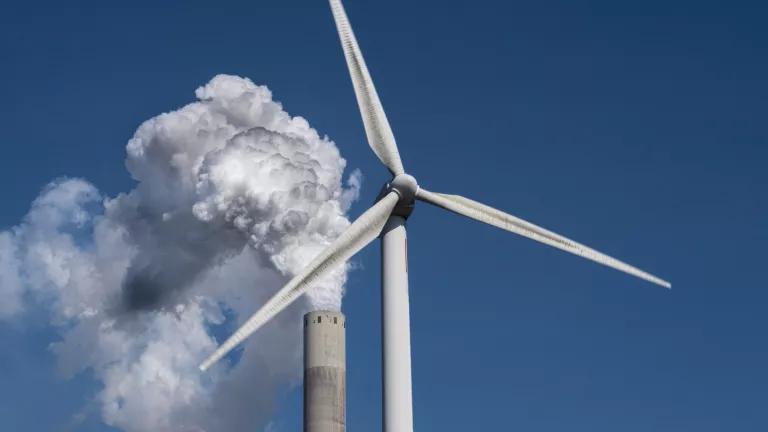Closing the Power Plant Carbon Pollution Loophole: Smart Ways the Clean Air Act Can Clean Up America's Biggest Climate Polluters
Power plants in the United States released almost 2.4 billion tons of carbon dioxide in 2011, more than any other source of this dangerous heat-trapping pollutant. The Environmental Protection Agency (EPA) is responsible for setting standards to reduce these emissions.
In April 2012, the EPA proposed the Carbon Pollution Standard for new power plants under Section 111(b) of the Clean Air Act (the Act). The proposed standard states that each new plant will need to meet a specified emission rate performance standard of 1,000 pounds of carbon dioxide (CO2) per megawatt-hour (lbs/MWh) of electricity produced. New coal plants would have the option to time-average emission rates over the first 30 years of operation for added compliance flexibility. The proposal marks the first uniform national limits on carbon dioxide emissions from new fossil fuel-fired electric power plants and is a critical step forward. EPA also has a legal obligation to issue carbon pollution standards for existing power plants under Section 111(d) of the Clean Air Act.
This report describes and analyzes this flexible and highly cost-effective approach to setting power plant carbon pollution standards that would clean up and modernize America's aging electric power system.





